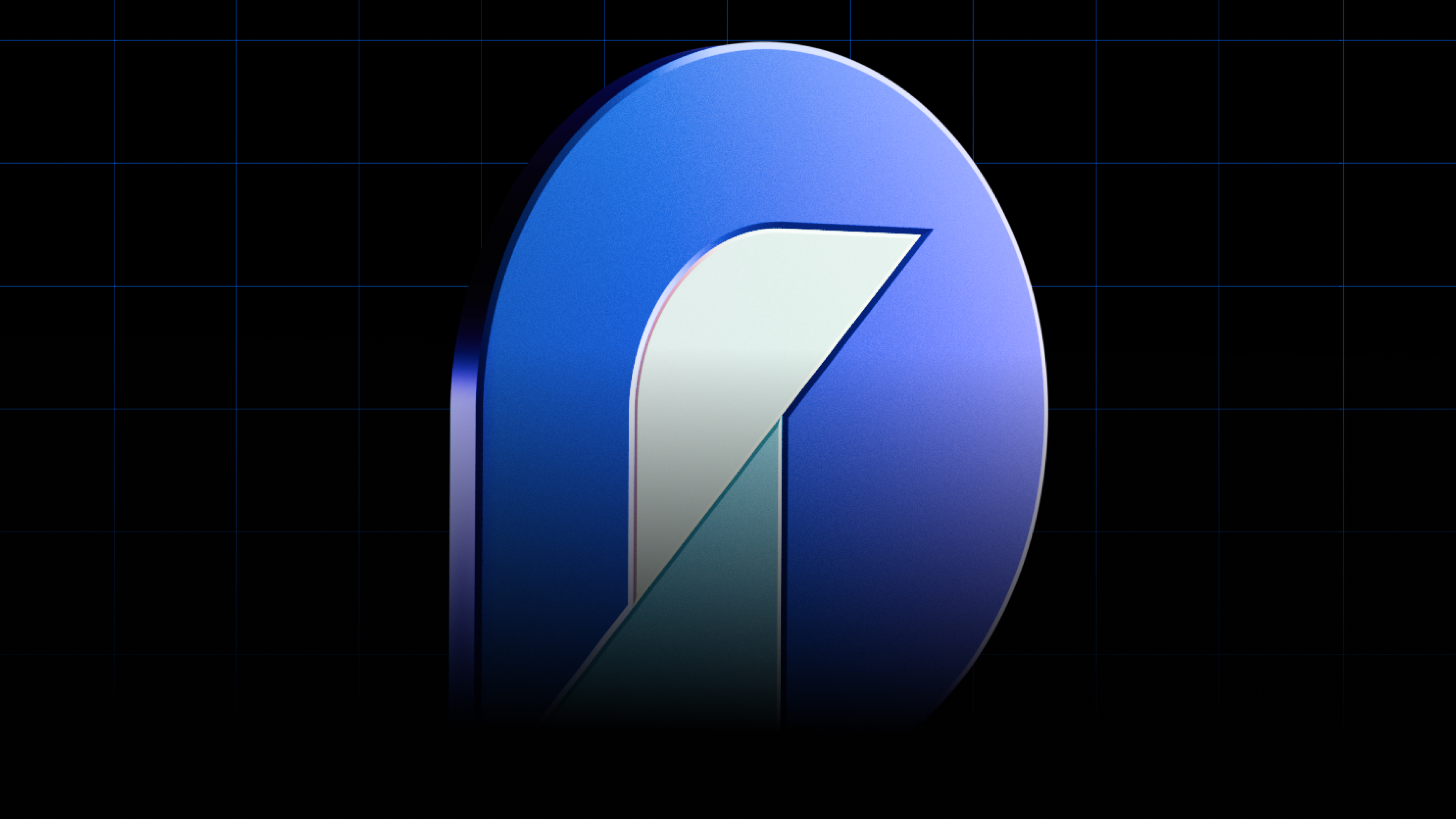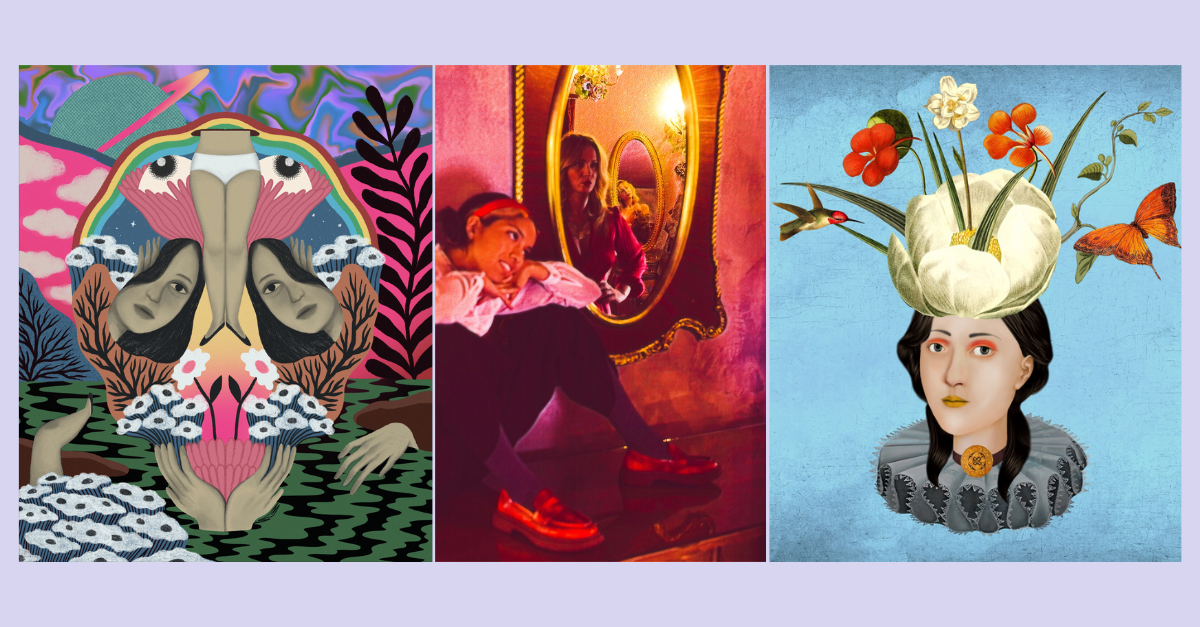Cory Haber is a New York-based generative artist celebrated for his engineering-inspired approach to artmaking. His inventive painting methods have caught the attention of the web3 art world, landing him spots in exhibitions at Art Basel Miami and with Bright Moments New York, as well as invitations to mint on digital art platforms like Foundation, Verse, and more.
Since embarking on his artistic journey in 2014, Haber has developed a distinctive style that captures the essence of nature through computational design. Utilizing handmade plotters and 3D-printed paintbrushes, he produces large-scale paintings that are as much about the process as they are about the outcome.
Beginning around 2021, Haber's journey in the NFT space kicked off on the Tezos blockchain. He minted on the now discontinued marketplace Hic et Nunc. As Haber recalls, he then minted his very first Ethereum NFTs on OpenSea, a collection of 12 1-of-1 pieces known as 12 Views of a Gerbera Daisy.
Haber's latest art drop, "Blooms," debuted on March 25. Each piece in this series symbolizes the cycles of life through abstracted, code-generated floral arrangements.
Editor’s note: This transcript has been edited for length and clarity.

OpenSea: Part of your art practice is turning digital code into physical paintings. What inspires this unique (and labor-intensive!) approach?
Cory Haber: Well, I had an artistic upbringing and then pursued art a little bit in college before switching my major to marketing and business. I also almost minored in astronomy. So I guess you could say art and science were my thing. They are two different sides of the brain, but that's just what I gravitated towards. I had a telescope, but then I was also a photographer. My work has always observed nature and the universe and our relationship to it. I've just always had that sort of like, deep connection and sensitivity as someone once described it. Then I became a software developer and discovered that you could write code that makes art.

OpenSea: I always love speaking with artists who were working with generative code before NFTs hit the scene. Was it during the 2021 bull run, when crypto art rose to prominence, that you saw an opportunity to start selling your generative artwork as NFTs?
Cory Haber: Yes, I saw 2021 as a chance to become more of a professional artist. Before crypto, I had an Etsy store. I mean, how else did you sell digital art, right?
OpenSea: Totally. But not anymore! So were you using the paint plotter during this time?
Cory Haber: Yes, as soon as I discovered that you could make art with code, I discovered the pen plotter. It seemed like this magical device. I started creating digital work that I could plot, which was a whole new way of thinking for me. The biggest pen plotter company then and now is probably Evil Mad Scientist, which was just acquired by Bantam Tools. They make the AxiDraw. It took me, I think, two years to get the courage to spend all this money on this plotter thing. I think the one I bought at the time was like $800 or $900, or something like that. If you're not a professional artist yet, that’s a lot of money to spend on a weekend hobby.
OpenSea: You are a painter, so how did you turn the pen plotter (which draws using ink) into a device that paints? I imagine it wasn’t as easy as it sounds.
Cory Haber: Yeah, I had to figure out how to translate what I was doing digitally into physical strokes, which led me down a path. I didn't really look into how others were doing it. It seemed a lot were just sticking a brush in a plotter and going back and forth with dipping and stroking, but all that back-and-forth would have been too time-consuming for the scale I wanted to paint at. So instead, I got into 3D printing all these tubes, and I would put a nib [pen tip] in it, and I would control the flow of the paint. I could paint for hours with a single color at a time that way. And I started making things that were bigger and bigger and bigger. And that was off my code. I ended up just calculating the width of the stroke within a certain degree of accuracy from physical and digital, so that when the digital would scale — because everything is SVG so you can scale infinitely — it would be the right size.

OpenSea: What type of paint did you use?
Cory Haber: I was always an oil painter, but I switched to acrylic only for the pen plotter because it was much easier to work with. I would take acrylic paint and I would thin it. But every color behaves differently because it has different particle sizes. And not only just particle size, but also the paint colors are wildly different transparencies, right? You can have a very opaque color, or sometimes a very transparent color. So I would thin it and sometimes it would just be too thin and it would just be kind of pouring out and I'd have to stop and reformulate. And we're talking like an hour-long delay. This was a process. But I got really good at it, and I felt like I had a good sense for what was going to work and what wasn't. Or if I wanted it to be firmer, or I would know it would come out a little heavy at first, but then it would dry, because acrylic dries so quickly, it would dry around the edges. It got to the point where I could paint for four hours with a single color. I was making paintings with between 60- and 90,000 individual strokes. On, like, a 30x30 canvas or a 24x24 canvas, it would take time. You almost had to let the paint go a little bit, and then it would firm up. And then I might run it twice.
OpenSea: Wow, that sounds really fun.
Cory Haber: It was. Eventually, the AxiDraw I was using couldn't accommodate the canvas sizes I wanted to work with. That's when I decided to just build my own plotter. I'm an engineer at heart, so I figured it out, despite a disastrous first attempt that ended up too unstable to use. I found [the forum and online store] Open Builds, which sells parts for building all kinds of machines. I bought their kit, faced the new challenge of working with G-code instead of SVGs, and even had to devise my own axis for the pen. But then I had issues with motors dying on me because they couldn't handle the long run times, so I switched to different motors, which were more powerful and reliable but required me to learn a whole new coding approach for controlling them. It's been quite the journey, but absolutely fascinating to see come to life.

OpenSea: As someone who thinks in terms of the vast, interconnectedness of the universe, how do you have the patience for the painstakingly detailed work required for coding and this elaborate paint plotter process? What keeps you going when you're deep in that nitty-gritty granularity, and can coding be as exciting as the cosmos?
Cory Haber: I mean, with coding you can zoom in infinitely. My latest project, “Blooms,” uses JavaScript code to generate images of flowers and look at flowers through code. Flowers, in particular, are a way to explore the infinite complexity of the natural world.
OpenSea: What inspired the focus on nature, and flowers specifically in “Blooms” ?
Cory Haber: I guess you could say “Blooms” represents a culmination of my interests in nature, art and science. Flowers are not new to art; they're actually quite common. There's obviously a reason for that, but does that mean all human expression of a flower in art has been expressed? No, and it never will be. So I hope I'm adding to that discourse and providing something new.

OpenSea: What technical aspects of “Blooms” makes it unique?
The collection is entirely generated from JavaScript code. It's an artist-curated series featuring 200 generative outputs from my algorithm. It involves no photography like some of my other collections, just code. It's fascinating that you can create these works from nothing but code. You can represent nature with so little and yet have this artistic expression using non-traditional colors to offer a new view of nature.
It’s like, when you look at this collection and then go out into nature, maybe you will see it differently, from a different perspective. Maybe it’s in the way the light hits a flower in the morning versus the evening; the color hasn't changed, but your perception has.

OpenSea: That's so true. Tell us about the meaning of the word, “seed” in generative code and how these seeds show up in the “Blooms” collection.
Cory Haber: In generative art, the "seed" is a unique identifier that ensures the algorithm produces the same output each time. For “Blooms,” I curated specific seeds that represent the aesthetic qualities I wanted to highlight. This approach allows collectors to own a piece of code that can recreate the artwork indefinitely. It's a reflection of my belief that art and technology can coexist harmoniously, and that technology can even enrich our understanding and appreciation of the beauty that surrounds us.
OpenSea: That's a profound way to think about art in the digital era. Before we conclude, do you have a favorite flower?
Cory Haber: I don't have a favorite flower; for me it’s about the process of discovery. It used to be daisies; I was very into daisies. When I was younger, it was orchids. Orchids seemed like the most interesting flower I could find. But now, when you go on a nature hike, you see things you've never seen before. So, asking me to pick a favorite is like asking, 'What's your favorite color?' I can't possibly choose.

OpenSea: Right, it’s like choosing a favorite child. Impossible!
Cory Haber: Exactly.
OpenSea: Cory, thank you for sharing your thoughts on art and technology and inviting us to see the natural world through your lens.
Cory Haber: Thank you, Megan. It's been a pleasure!









.png)


.png)
.png)
.png)